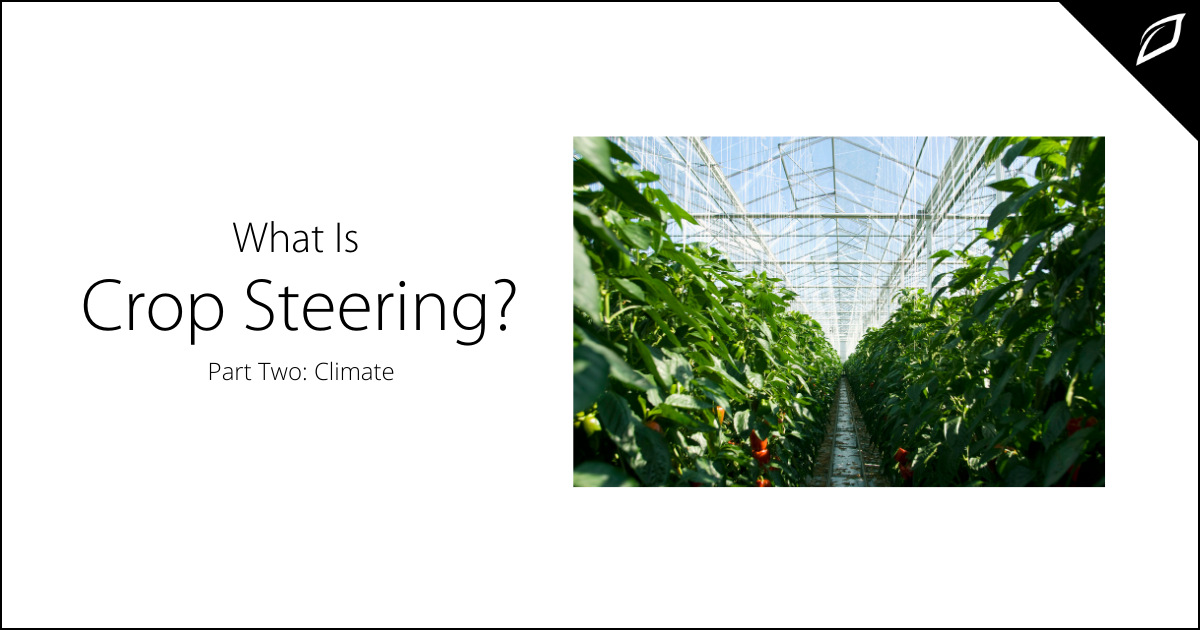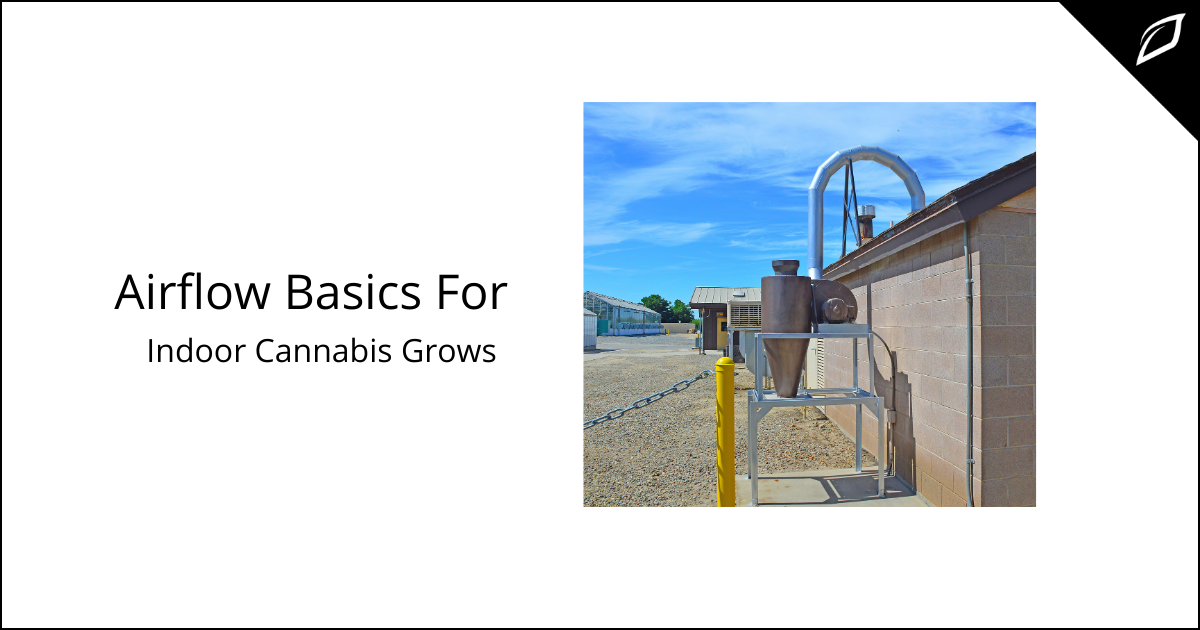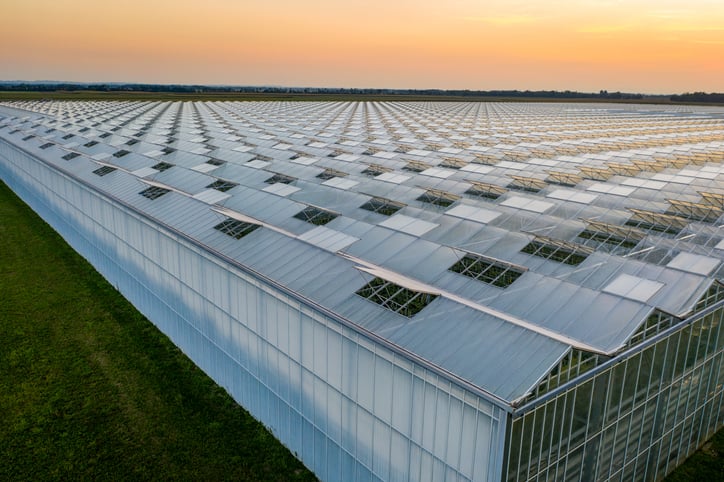What Is Crop Steering? Part Two: Climate
Part Two: Environmental Conditions In Part Two of this blog, we examine how to apply crop steering techniques using environmental conditions. As we...
2 min read
Joy King : Mar 20, 2021 4:00:00 AM

The simple result of an enclosed growing space combined with focused sunlight is an ideal growing space. Humidity, however, can often be an enemy in such situations. Condensation is a common by-product in greenhouses as plants release moisture back into the air— especially when cold temperatures batter the greenhouse exterior. Humidity in a greenhouse is necessary, but controlling it is crucial to preventing plant stress and negative side-effects like fungus, mold, or mildew.
Air circulation is essential to controlling ambient moisture, but there are several ways to manage it. Let's examine some of the ways to get a handle on the humidity in your greenhouse.
Managing Greenhouse Humidity
There's no 'one-size-fits-all' method of dealing with humidity in your greenhouse. Exterior factors play a huge role in how to deal with humidity effectively. Growing crops in Vermont will vary drastically from someone growing in Arizona, and dealing with humidity will be wildly different.
Regardless of which solution you choose, make sure you utilize a weather station. Monitoring exterior conditions like rain, wind, temperature, and humidity are critical since it directly impacts the greenhouse conditions.
Vents
Releasing heat from your greenhouse using roof vents is an economical, passive method for cooling. To protect plants while increasing airflow within the growing environment, you can also use side vents.
Fans
There are two options for utilizing fans to control humidity, HAF or extraction fans. Extraction fans work by forcing inside air out and pulling outside air in. This cools down the air and reduces humidity.
HAF or horizontal airflow fans are mounted on the greenhouse roof and sides and are a cost-effective way to circulate air and bring humidity levels down.
Shades
Deploying shades can significantly impact humidity levels inside your greenhouse as it affects the ambient temperature. Shades or curtains are attached to rails above your crops and can be manually or automatically operated. Utilizing solar energy can assist in recouping costs, and the type of shade you choose can also impact how long it'll take to cool down or heat up the space. Choose a tightly woven fabric to trap heat and humidity or a loosely woven fabric to let humidity escape. The climate in your location will also factor into your decisions.
Heating
Another effective method to control and manage humidity in your greenhouse is with a heating element. Radiant heating is popular with greenhouses since it uses a boiler to provide heat through steam in metal pipes that emit heat throughout the space. It's an efficient way to bring up the heat in your grow space, especially if your crops enjoy increased humidity like vines or tropical fruits or flowers.
Wet Walls
Another way to impact temperatures in a greenhouse is by using wet walls, an active cooling method. A water collection system uses a gutter at the top of walls, trickles down, and is collected at the bottom. Once collected, the water is put through a filtration system and recirculated. Combined with an extraction fan, wet walls can reduce the temperature by 10-15 degrees. It's important to monitor humidity since wet walls literally introduce more moisture into the space. Automation can be used to shut the water valve off when the humidity reaches a particular threshold.
Fogging
Many plants prefer high humidity, especially baby plants, vegetative growth stage, and micro plants. Fogging or misting is an easy way to increase humidity levels inside your greenhouse. Of course, the outside temperature impacts the need and frequency of misting or fogging; combining this method with shades to reach optimal levels is a relatively easy way to find the goldilocks zone.
Creating the right balance of humidity and temperature in your greenhouse is critical for your crops' health and vitality. Use automation when possible and give your crops the best shot of thriving.


Part Two: Environmental Conditions In Part Two of this blog, we examine how to apply crop steering techniques using environmental conditions. As we...

Indoor plants require lighting, water, nutrients, humidity, and air circulation. Proper airflow is a crucial component in growing healthy, vigorous...

Controlled environment systems, such as greenhouses, can help improve crop performance in a number of ways: